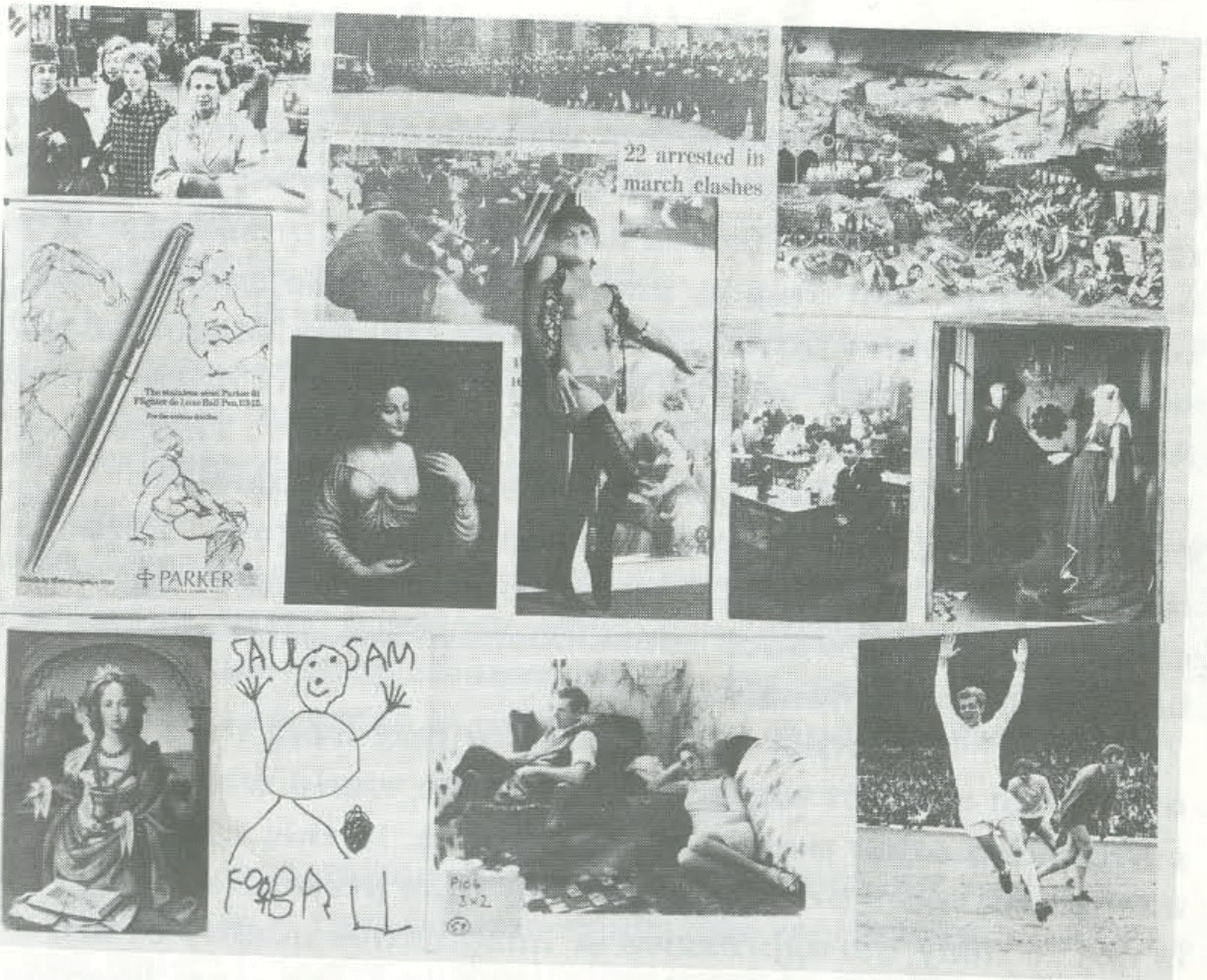
Subversive, a man of the old then the new left, Berger was prepared to be something of a feminist. The “more” also included the first television sequence in which five highly vocal women and a single man debated how women are seen. In retrospect, the “more” had to do with seeing intellectual passion on the small screen. Ways of Seeing brimmed with insights about art and society, about women and “the male gaze” (a phrase that Berger coined), about how advertising imagery functions and what it means, and much more. We are arguing that if one studies the culture of the European oil painting as a whole, and if one leaves aside its own claims for itself, its model is not so much a framed window open on to the world as a safe let into the wall, a safe in which the visible has been deposited.

Oil painting conveyed a vision of total exteriority…. A painting could speak to the soul-by way of what it referred to, but never by the way it envisaged. The soul, thanks to the Cartesian system, was saved in a category apart. All reality was mechanically measured by its materiality. Everything became exchangeable because everything became a commodity. It reduced everything to the equality of objects. Oil painting did to appearances what capital did to social relations.

As Berger wrote in the accompanying best-selling book: Ways of Seeing altered how many people think of images in everyday life and explained to the public the way in which oil painting became a means of transforming the visible world (including women) into property.
#JOHN BERGER WAYS OF SEEING WHY WE NEED SERIES#
With his flowery open-necked shirt, his cigarettes and direct gaze, Berger provided British society with a counterweight to the aristocratic connoisseur Kenneth Clark and his BBC series Civilisation. Through his groundbreaking 1972 BBC series Ways of Seeing, he had become a television star. The other half he used to write his prescient book on migrant labor, A Seventh Man (1975), an investigation-combining documentary, imaginative witnessing, statistics, poetry, philosophy, and photography-into the lives of the millions displaced by global forces over which they have no control.īerger was also well known as the trenchant and controversial art critic of the New Statesman and New Society. Taking aim at the then funders of the Booker-Caribbean sugar plantation grandees for over a century-Berger gave half his prize money to Britain’s Black Panthers. In 1972, at the age of forty-five, he had won the Booker Prize for his novel G., in which Don Giovanni and Garibaldi, sexual and political emancipation, coincide. None of this could altogether be forgiven.īerger was already famous, even notorious, when I met him in the mid-1970s.

He was read in a multiplicity of languages. From his French mountainside he denounced injustices that were everywhere visible, even in his native land. Berger had not only escaped the confines of his British island but he had had the audacity to rise to fame before doing so. Upon his death in January 2017, many of Berger’s British obituarists, on both the right and the left, engaged in settling decades-old political or art world scores. I’d known Berger for more than forty years, and biographers, having amassed reams of information about a life, may render it in ways that make it unrecognizable to friends or family. When Joshua Sperling’s biography of John Berger arrived at my door, I approached it with trepidation. John Berger, circa 1966 photograph by Jean Mohr


 0 kommentar(er)
0 kommentar(er)
